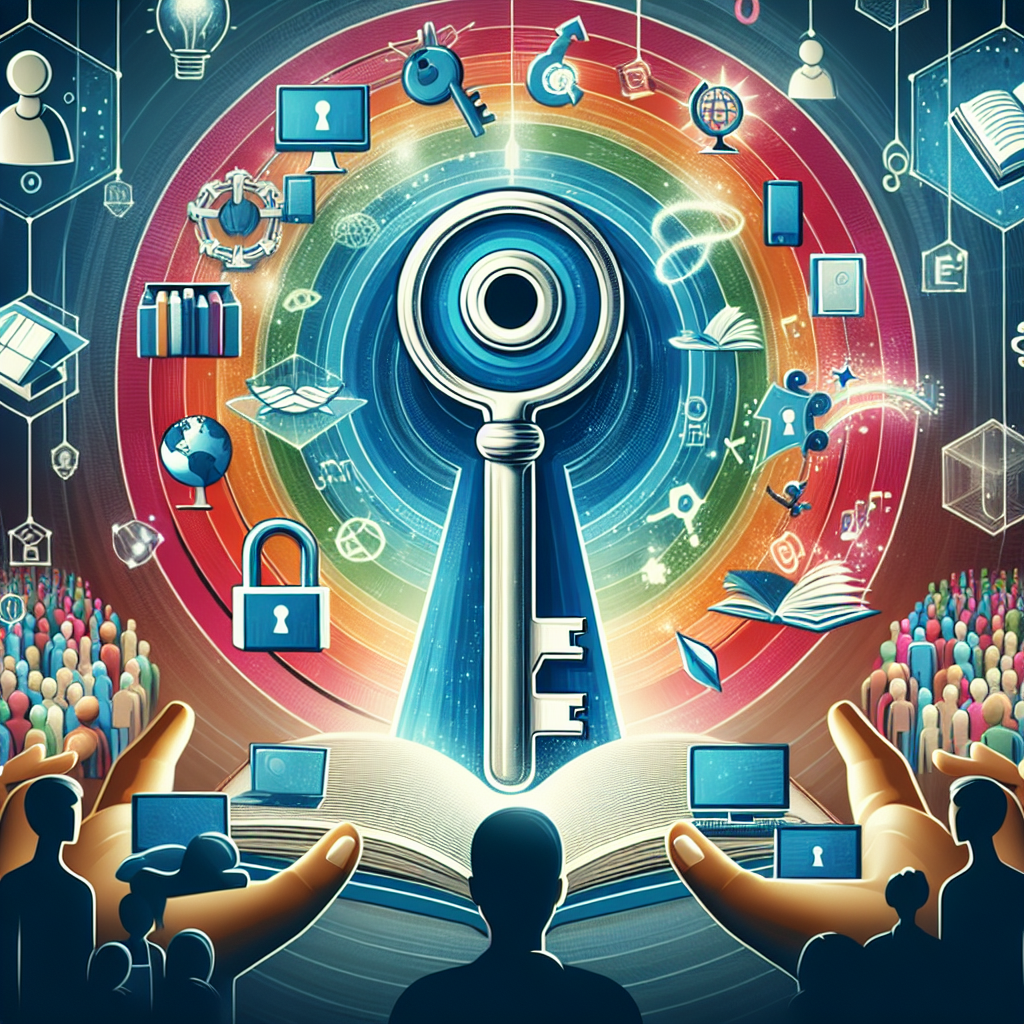Unlocking the Power of Virtual Classroom Resources: The Ultimate Guide for Modern Educators
The era of digital learning is here, and virtual classroom resources are at its very heart. Whether you’re a teacher seeking to engage remote students, a school administrator looking to implement effective distance learning, or a parent supporting online education at home, understanding and harnessing these resources can transform the learning experience. In this comprehensive guide, we’ll explore essential tools, strategies, and best practices to make the most of virtual classrooms, ensuring interactive, effective, and inclusive learning for everyone.
What Are Virtual Classroom Resources?
Virtual classroom resources refer to the digital tools, materials, and platforms used to facilitate interactive teaching and learning beyond the confines of a physical classroom. These resources can include video conferencing software, digital whiteboards, interactive quizzes, learning management systems (LMS), and collaborative document platforms. The goal is to create an engaging and accessible environment where teachers and students can communicate, share materials, and collaborate in real time—no matter where they are physically located.
- Video conferencing tools for live classes and discussions
- Document sharing platforms for assignments and resources
- Interactive quizzes and educational games
- Virtual breakout rooms for group projects
- Cloud storage for easy access to learning materials
- Attendance and participation tracking tools
Benefits of Virtual Classroom Tools
Accessibility
Digital resources break down geographical and physical barriers, enabling students from diverse locations to participate in quality education. Inclusive features like closed captions and screen readers also support learners with special needs.
Flexibility
With asynchronous content, students can learn at their own pace, review recorded lessons, and access assignments anytime. This flexibility is especially beneficial for adult learners and those with other commitments.
Collaboration
Virtual classroom platforms foster collaboration through group chats, shared documents, and interactive boards, simulating the social environment of traditional classrooms and boosting engagement.
Essential Digital Tools for Online Learning
Successful virtual classrooms thrive on a diverse toolkit. Here are some key digital resources for virtual learning every educator should consider:
| Tool Type | Purpose | LSI Keywords |
|---|---|---|
| Learning Management Systems (LMS) | Centralize assignments, grades, and communication | digital classroom platforms, online course management |
| Video Conferencing | Host live lessons and interactive sessions | remote teaching tools, live online classes |
| Collaborative Documents | Enable real-time group work and editing | cloud-based learning, interactive collaboration |
| Virtual Whiteboards | Visualize concepts and brainstorm together | digital teaching aids, interactive learning tools |
| Assessment Tools | Create quizzes, polls, and track progress | virtual assessment, online student evaluation |
Best Practices for Student Engagement
- Personalize Learning Paths: Adapt resources and activities to individual student needs and learning styles.
- Incorporate Multimedia: Use videos, podcasts, and infographics to appeal to different types of learners.
- Foster Community: Schedule virtual group activities and encourage active participation through forums and chats.
- Gamify Lessons: Introduce point systems, badges, and leaderboards to motivate students.
- Offer Regular Feedback: Use digital assessment tools to provide timely and constructive feedback.
Tips for Effective Virtual Instruction
- Set clear expectations: Ensure students know schedules, assignment deadlines, and participation rules.
- Leverage interactive content: Use polls, digital whiteboards, and Q&A sessions to keep lessons dynamic.
- Encourage peer-to-peer support: Create study groups and peer review activities.
- Be flexible and patient: Recognize connectivity and technical issues, and provide alternative options if needed.
- Maintain regular communication: Use announcements and feedback to keep students informed and motivated.
The Future of Virtual Learning Environments
The ongoing evolution of virtual classroom resources is shaping the future of education. With the rise of artificial intelligence, adaptive learning platforms, and immersive technologies like virtual and augmented reality, the digital classroom is set to become even more interactive and personalized. Educators and institutions must stay informed about new developments and integrate the latest resources to provide meaningful, future-ready education.
- AI-powered tutoring for individualized support
- Virtual reality for immersive simulations and labs
- Gamification and interactive storytelling
- Data analytics for tracking student progress and personalizing instruction
Conclusion
Virtual classroom resources are revolutionizing the way we teach and learn, making education more accessible, engaging, and effective. By embracing a variety of digital tools, applying best practices, and staying open to innovation, educators can create vibrant online learning communities that inspire and empower students. As the digital landscape continues to evolve, those who adapt and invest in quality virtual learning solutions will lead the way in shaping the classrooms of tomorrow.
